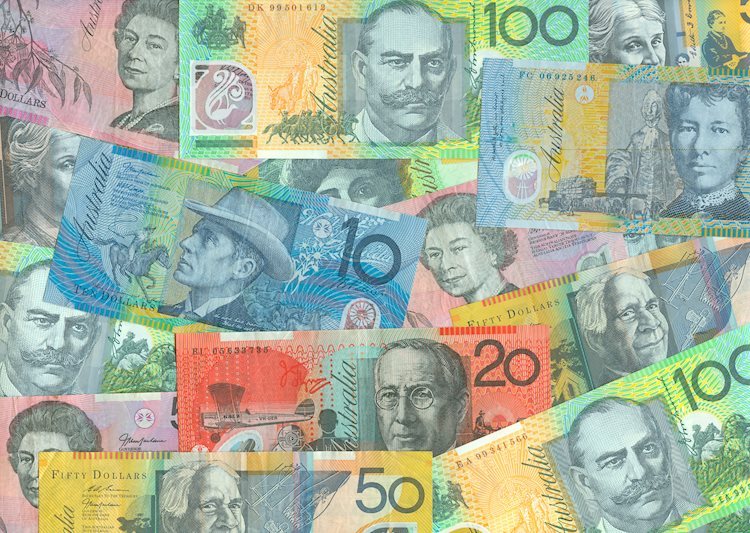The Australian Dollar (AUD) continued its upward trajectory against the US Dollar (USD) for the third straight day on Monday, driven by improved risk sentiment and the hawkish stance of the Reserve Bank of Australia (RBA) regarding its policy outlook. RBA Governor Michele Bullock emphasized that the central bank is focused on potential upside risks to inflation and does not foresee any rate cuts in the near future. The RBA Meeting Minutes and the People’s Bank of China’s (PBoC) Interest Rate Decision are events investors will be closely monitoring.
On the other hand, the US Dollar (USD) faced pressure as the likelihood of an interest rate cut by the Federal Reserve (Fed) in September increased. Economic data from the US painted a mixed picture, with Retail Sales surpassing expectations, while inflation showed signs of easing. Federal Reserve officials, including Mary Daly and Austan Goolsbee, shared their views on the gradual approach the central bank should take in reducing borrowing costs. Daly warned against rapid interest rate cuts, while Goolsbee urged caution in maintaining a restrictive policy for longer than necessary.
The People’s Bank of China (PBoC) announced plans to renew medium-term lending facility funds and conducted open market operations, injecting liquidity into the market. Any changes in the Chinese economy could impact the Australian market, given their close trade partnership. Additionally, US economic data such as Housing Starts and Consumer Price Index (CPI) showed mixed results, impacting market sentiment and the performance of currencies.
Technical analysis of the AUD/USD pair suggests a bullish bias, with the pair trading around 0.6680 and moving upwards within an ascending channel. The 14-day Relative Strength Index (RSI) is nearing the 70 mark, indicating bullish momentum. The immediate support levels lie at the lower boundary of the ascending channel and the nine-day Exponential Moving Average (EMA), with resistance levels at the upper boundary of the channel and the seven-month high of 0.6798.
Factors such as interest rates set by the RBA, the price of Iron Ore, the health of the Chinese economy, inflation, growth rate, Trade Balance, and market sentiment influence the value of the Australian Dollar. The RBA’s interest rate decisions, China’s economic performance, Iron Ore prices, and the Trade Balance all play a significant role in determining the strength of the Australian Dollar. Positive or negative surprises in economic data from China can directly impact the AUD, with higher Iron Ore prices resulting in a stronger AUD and a positive Trade Balance strengthening the currency.
In conclusion, recent developments in the Australian Dollar and its relationship with the US Dollar, along with key factors affecting its value, emphasize the importance of monitoring economic indicators, central bank policies, and global market conditions. The AUD’s performance against the USD will continue to be influenced by a combination of domestic and international factors, making it essential for investors to stay informed and adapt their trading strategies accordingly.


























